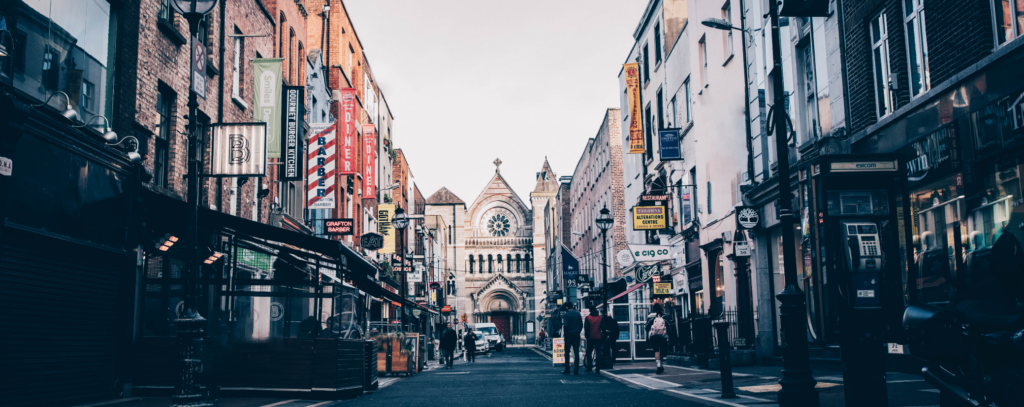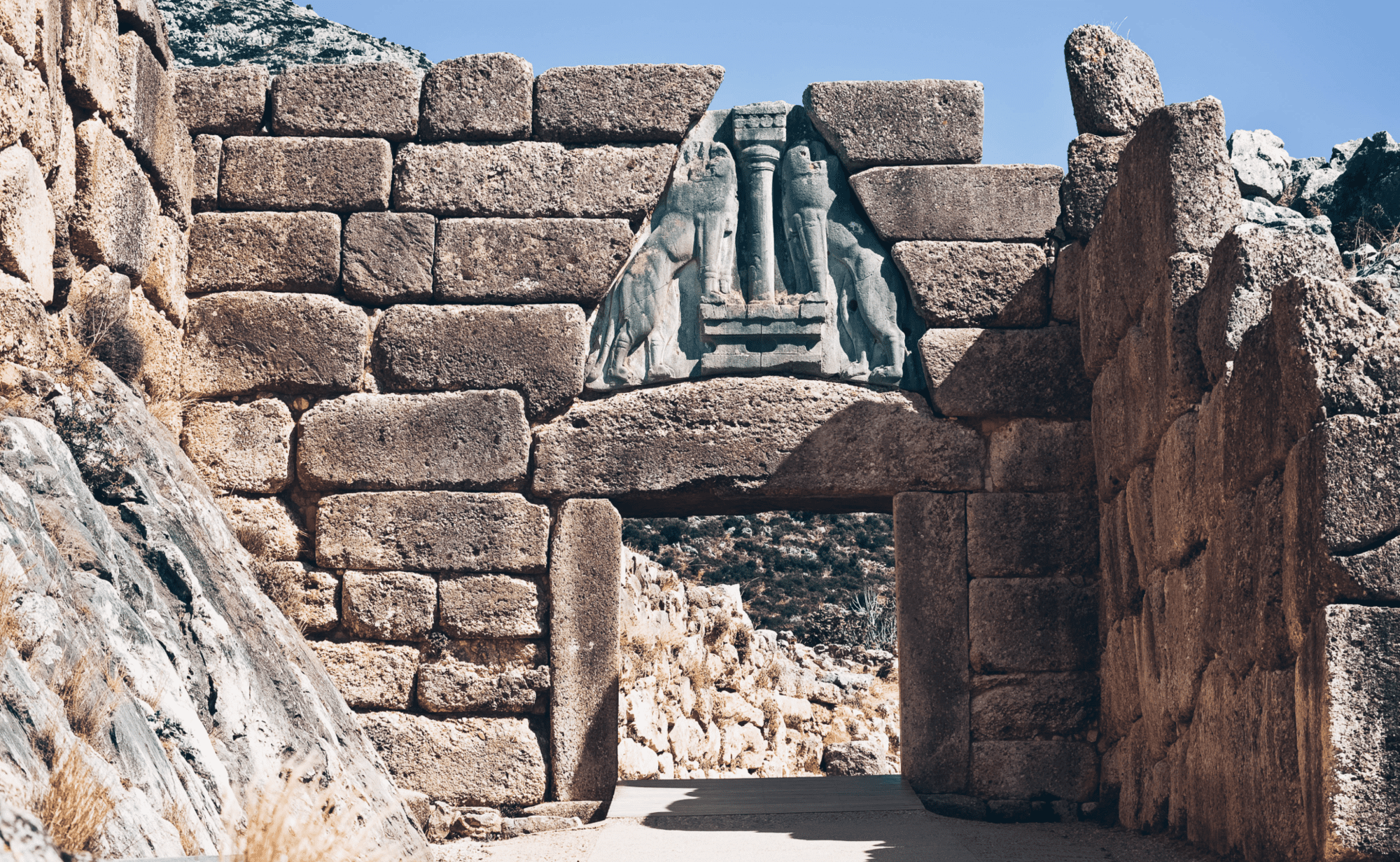Reading is like traveling, they say. With a great book, we can live valuable experiences, discover new places and different cultures, even if we stay comfortably at home. However, reading books broadens our horizons, and it’s even more exciting to visit the places that inspired our favorite books firsthand. It allows us to explore a country or a city through different eyes and perspectives, following the footsteps of our literary heroes. Personally, for example, I will never forget the thrill of visiting Mycenae on a hot July day, gazing at the majestic Lion’s Gate portal, and retracing the quarrel between Agamemnon and Achilles and the sequence of events in the Iliad.
Some classic world literature books have helped anchor places in the collective memory and imagination, expanding their reputation as travel destinations. We have listed some of our favorites and we designed a literary tour to inspire you to read and travel.
Hamlet, Helsingør, Denmark
William Shakespeare is considered the most important English playwright and dramatist of all time. His plays continue to be read and performed all over the world: The themes and passions that shape them—jealousy, love, hatred, lust for power—are timeless and still relevant toda.
Same applies to Hamlet, probably his most famous play. Written between 1600 and 1608, the drama depicts Prince Hamlet, a melancholy character, prone to confusion and constantly searching for the essence of life by questioning himself. Characteristics that make him a still relevant and fascinating figure.
But where does Hamlet take place? In a castle you can still visit today! Kronborg Castle in the small town of Helsingør (hence the English name Elsinore) is just an hour from Copenhagen. A UNESCO World Heritage Site since 2000, it is one of the most important Renaissance castles in Northern Europe. Strategically located on the Øresund Strait, it was erected in 1420 and rebuilt in 1629 after a fire destroyed it entirely, leaving only the inner church intact.
Right next to Helsingør Station, enter Kronborg Castle by walking across a drawbridge. Head to the center of the courtyard, where an old fountain is located. From here you follow Hamlet’s footsteps on a tour through the castle, which includes a visit to the royal apartments with their stunning original furnishings. The 203-foot-long majestic ballroom with historical paintings is flooded with natural light falling through large windows. Don’t miss exploring the catacombs unraveling of Kronborg Castle, too. Here, admire the imposing statue of Ogier the Dane, a legendary character who, according to myth, watches over Denmark and is ready to awaken should the country be in danger.
Strolling around Kronborg Castle is a great way to relive the emotions of the Shakespearean drama. If that is not enough, you can elevate your experience by attending a play! Every summer, the best Shakespeare plays are staged right in the courtyard of the Castle by world-famous theater companies, including the Royal Shakespeare Company.
After visiting Kronborg Castle, have a walk through Helsingør, whose historic city center is charming and well-kept. Stroll through the cobblestone streets to discover a contemporary sculpture depicting Hamlet’s tomb, inviting you to reflect on the transience of life.
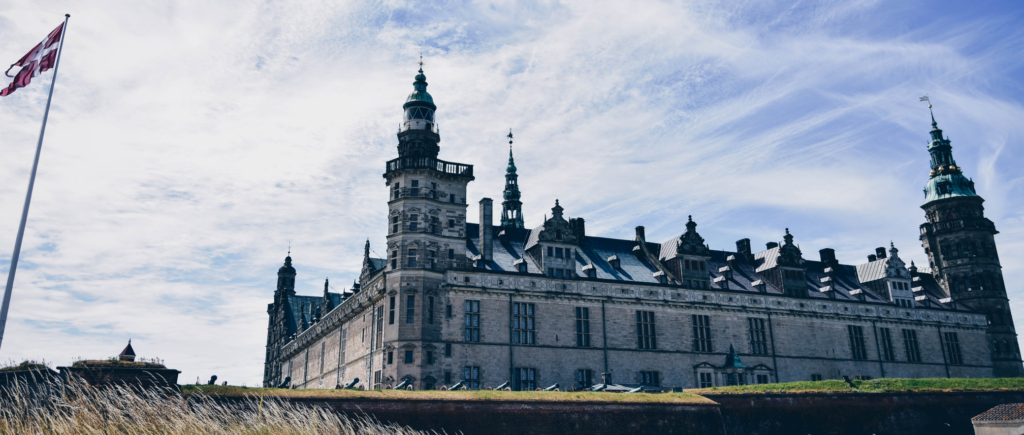


Hans Christian Andersen fairy tales, Copenhagen, Denmark
From Helsingør, a one hour train ride will take you to Copenhagen, the city that inspired and served as the backdrop for some of Hans Christian Andersen’s fairy tales. Although they are aimed at children, they always focus on important themes of human life. Even painful themes are, however, followed by an optimistic redemption.
The symbol of Copenhagen is the lovely bronze statue of a young mermaid lying on a rock in front of the harbor. And if you are wondering who wrote the Little Mermaid, it was Hans Christian Andersen! Copenhagen offers many other landmarks related to Hans Christian Andersen’s fairy tales. If you travel with family or friends, our tip is to visit the Tivoli Gardens. This place inspired some descriptions in The Nightingale fairy tale. The story is about a wealthy Chinese emperor living in a sumptuous palace surrounded by beautiful gardens, and of the nightingale who, through its song and love of freedom, is destined to save his life and to teach him the real value of things.
Tivoli Gardens is the second oldest amusement park in Europe.
Opened in 1843, the park offers numerous attractions and oriental-inspired architecture that is still well preserved today. Look out for the Chinese pagoda, which is illuminated in the evening: it’s particularly striking! Especially during the evening hours and the Christmas season, the atmosphere in the Park is enchanting. You can eat at one of the many kiosks, and enjoy the best of the attractions, including Demon, a roller coaster featuring an all-Chinese setting!
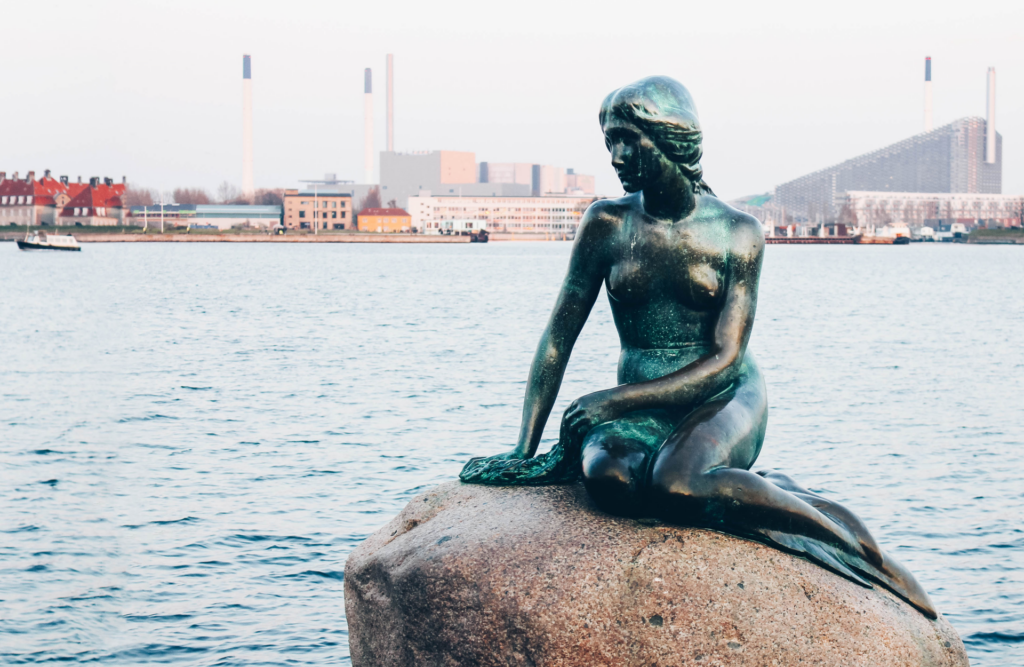
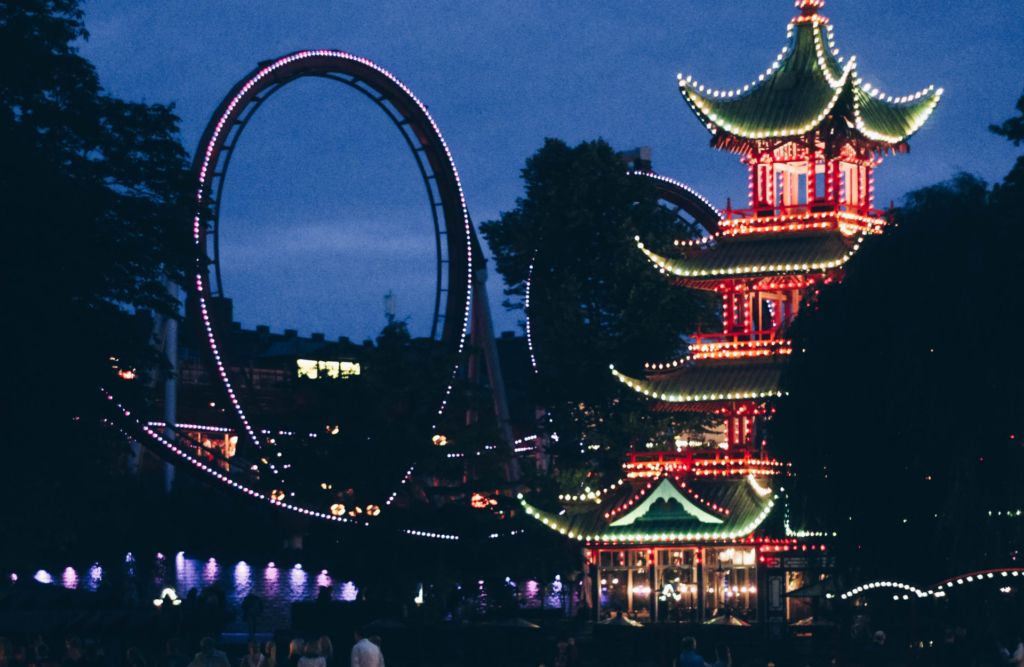
Ulysses, Dublin, Ireland
James Joyce’s Ulysses is one of the classic world literature books, although it’s considered a hard-reading text. The narrative style is based on the stream-of-consciousness technique: without punctuation, the thoughts and the feelings of Leopold Bloom, the main character, seem to flow directly from his mind. The story takes place in one single day, June 16, 1904, following the “odyssey” of Leopold Bloom in the city of Dublin.
The Ulysses is the ideal starting point for discovering Dublin. As James Joyce once said, “If Dublin were to be destroyed, Ulysses could be used to rebuild it brick by brick”. And many places mentioned in the novel still exist, such as the famous Davy Byrne pub on Duke Street.
In Chapter 8, Leopold Bloom stops at a pub to order a Gorgonzola sandwich and a glass of burgundy. Since then, the pub has become a pilgrimage site for James Joyce fans and one of the main attractions during Bloomsday, an annual festival honoring Ulysses and its author. Expect a week of events, exhibitions and readings.
To avoid meeting Blazes Boylan, his wife’s lover, Leopold Bloom takes a detour into the National Museum of Ireland on Kildare Street. Do likewise and visit the museum to admire Celtic art and to discover the Irish Viking era, even if you have no encounters to avoid! The Museum also boasts valuable artifacts of contemporary Irish craftsmanship. You can eat at the lovely cafeteria, which serves dishes made with exquisite local ingredients. Just keep in mind that the museum’s ground floor exhibits are wheelchair accessible, while the second floor is not equipped.
Grafton Street was already fashionable in the days of Joyce, and even Leopold Bloom describes its lively atmosphere and sounds. So if you want to do some shopping in Dublin, the red-tiled and pedestrian-friendly Grafton Street is the place to go! It is dotted with prestigious stores, and street artists entertain with music and performances.
Nearby St. Stephen’s Green provides a little relaxation. In Ulysses, there is a detailed description of this park, which apparently inspired Joyce to write his book. You’ll find a bust of Joyce in the more than nine-acre park, which is a great place to end your Dublin visit in style!
The books of classic world literature still offer plenty of ideas for destinations to explore, not just by imagination. Let’s read and let’s travel!
